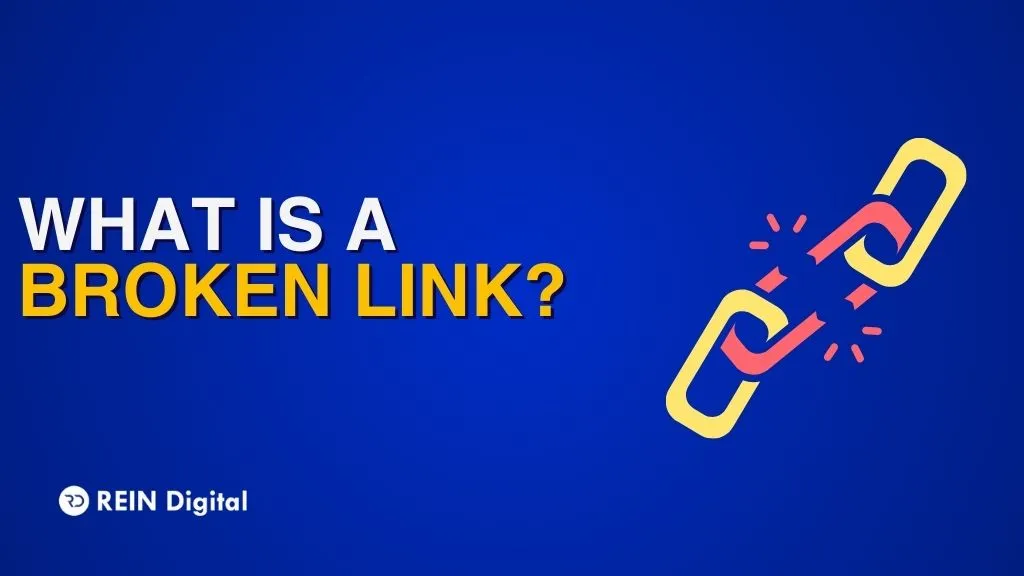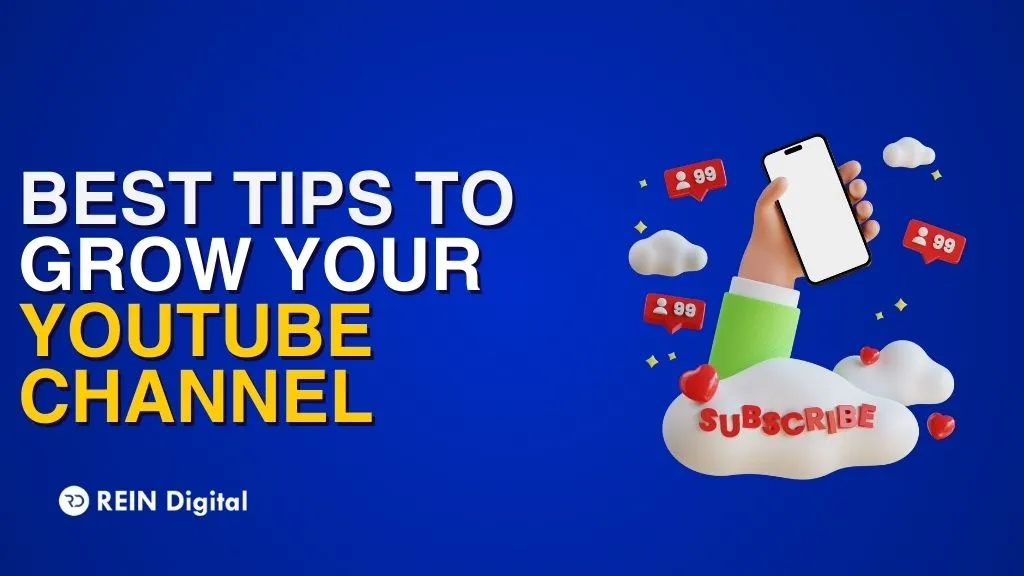.png)
Learn about social media algorithms and how to use each platform's ranking factors to your advantage to get your content discovered.
All social networks are supported by social media algorithms. They are there to filter through the enormous amount of content that is uploaded every day and present each user with the material they will most likely interact with.
While trying to manipulate an algorithm on social media is never a smart idea, knowing the key ranking indicators might offer you a competitive edge.
Read on for an overview of each major platform's key ranking factors as well as advice from industry experts on how to make your social postings stand out to both users and social media algorithms.
What Does An Algorithm In Social Media Mean?
An algorithm for social media is a collection of guidelines and indicators that automatically prioritizes material on a social network according to how probable it is for each particular social media user to like and engage with it.
Even if they follow the same accounts, no two users will ever view the exact same social media information because of algorithms.
How Do The Algorithms In Social Media Work?
Every social media network has a unique algorithm, but they are all built on machine learning and a collection of variables known as ranking signals. These are precisely what they sound like: ranking signals for each user's particular opinion on the worth of each piece of content.
As they frequently depend on your prior experiences with the app, ranking signals are customized for each user.
Understand The Algorithm For Each Social Platform!
A platform's algorithm is its magic formula, and we can never fully understand it. However, we do know enough to change your content strategy in a meaningful way so that the algorithms work for you rather than against you.
Listed below are the key ranking indicators for each social network that are currently known.
1. The Instagram algorithm
Popular Instagram rating indicators:
Relations are crucial. You're more likely to see material from users whose accounts you follow, communicate, or interact with in other ways. This means that it is crucial for companies to promote follower engagement and react to it.
Interests controls.This is the reason you see so much stuff on what you like.
The key is relevancy.The immediacy and current subject trends are two examples of relevant criteria.
Popularity pops out. Popularity is indicated by the quantity and speed of comments on a post as well as the overall amount of account activity, which can assist content appearing on the explore page.
2. Algorithm of TikTok
TikTok ranking indicators:
Previous encounters. This contains indicators like following and hidden accounts, as well as stuff you've interacted with or flagged as uninteresting.
The actions taken on the Discover tab: this element examines aspects of the material such as subtitles, noises, effects, and popular subjects.
Place and language. You might want to view content that is local to you or written in your native tongue.
Trends. Utilizing popular sounds and effects can increase the online visibility of your content.
You should experience TikTok as such. Leverage native elements such as text effects, noises, and sound effects.
Number of followers doesn’t matter. The truly unique selling point of TikTok is that follower count is NOT a ranking factor.
3. Facebook’s Algorithm
Facebook ranking signals:
Connections on Facebook. The majority of the material in your feed will come from the people and Pages you follow and interact with.
Kind of content. More videos are presented to viewers who watch videos. More photographs are given to those who engage with them, and so on.
Level of involvement. The algorithm is more likely to elevate popular posts with high engagement, especially if the engagement comes from users you already connect with.
Content standards. These broad ranking signals are described as "meaningful," "informative," "correct," and "genuine" by Facebook.
4. YouTube's algorithm
Popular YouTube ranking indicators:
Performance on video. More algorithm love is given to popular videos. Metrics like view time, likes, dislikes, and click-through rate are used to gauge this.
Watch history. YouTube suggests videos that viewers may enjoy based on their prior viewing history.
Context. Videos that are often watched together or those that are topically relevant will probably appear in the "recommended videos."
5. LinkedIn's algorithm
Known ranking indicators for LinkedIn:
Posting quality content. The initial sorting stage of LinkedIn's algorithm involves marking information as spam, low-quality, or high-quality. Which one you ought to pursue is obvious.
Active participation Before further disseminating the information, LinkedIn's algorithm analyzes early interaction as a supplementary quality check.
Connections on LinkedIn. The pages, organizations, and hashtags individuals follow are used to estimate their potential interest in a topic, while closer connections see more of your material.
6. Twitter's algorithm
Twitter ranking indicators:
User communicates. It includes "accounts you connect with regularly, Tweets you engage with, and much more," according to Twitter.
Recency. The content that appears in trending topics or what's happening is especially impacted by this.
Place. This will have an impact on trends as well.
Currently popular. How much interaction and activity, particularly from people in your network, is now occurring in relation to this Topic/Trend/Tweet.
7. The algorithm on Pinterest
Popular Pinterest rating indicators:
Website ownership and quality. Pinterest emphasizes material from the website owner and evaluates a website's quality based on the number of popular Pins that connect to it.
Levels of engagement. evaluated for each individual Pin as well as the account of the Pinner.
How To Use Social Media Algorithms To Your Advantage?
You now understand the purpose of social media algorithms and how they vary between sites. Here are some broad pointers for succeeding with social media algorithms.
1. Post topical, excellent content
All social algorithms use relevance and quality as ranking indicators for content. That's because social media algorithms are designed to only display information that users are likely to find interesting. Generally speaking, people are not interested in anything that is perceived to be irrelevant or of low quality.
Depending on the platform, several definitions of "quality" may apply. For your Instagram feed material, you may want to utilize a high-end camera, but you'll almost probably shoot your Tik Tok on a mobile device. In reality, quality is about creating content that meets the platform's requirements. Use functions like stickers and music to your advantage to get the most out of each social tool.
Platform-specific relevance might also differ, but it's always important to identify your target market and provide content that speaks directly to them.
2. Deliver on your commitments
In the early years of social media, clickbait was an actual issue. In order to effectively downvote material that looks to be deceptive or spammy, all of the platforms have taught their algorithms to do so.
Make sure your hashtags, captions, and title are precise and understandable.
3. Recognize the trends
The social media companies aim to promote more of the information that is currently trending since it keeps users reading and interested.
Avoid jumping on every new fad that appears. But it's worth putting some of your top social media brains on something if it shows great promise for aligning with your brand messaging. To learn more about what's occurring in your business, use social listening software and tools like Google Trends to observe what's trending online generally.
Also keep an eye out for methods to combine popular sound effects and short-form video like Instagram Reels and TikToks.
4. Know when to publish online.
Recency and early interaction are two important ranking signals that are used in many algorithms. This implies that you need to be aware of the best times to reach your audience on each social media network.
5. Encourage saving, sharing, and commenting
Interaction, particularly early engagement, is a crucial ranking factor for all social media algorithms, as we just said. Simply asking for increased interaction is one simple approach to do this.
We're not recommending that you beg fans to share or like your postings. Instead, provide content that naively motivates fans to interact with it and one another.
Encourage readers to store your posts for later use or to share them with others who might find them useful when you publish particularly educational information.
6. Experiment
Working with social media algorithms involves elements of science, art, and magic. There is no set recipe for success, but we can provide advice to assist you to send the proper signals to the algorithms.
Therefore, you must experiment to see what works best before gradually adjusting your technique. The mantra "Always Be Testing" is known to all effective digital marketers. It's the only effective approach to discover in real time what is currently working for your brand.
7. Put up more videos
Social media sites are firmly embracing video. Your brand's social media strategy will be more in line with where the platforms are going if you post more video content.
Do You Have Any Ideas On How To Beat Social Media Algorithms?
Social media algorithms are here to stay, whether you like them or not.
But for long-term social media presence growth, understanding algorithms and how they operate is essential. Anything you can do to keep each network's algorithm happy is a benefit.
This doesn't have to seem like an uphill struggle with these suggestions and resources like Rein!














